Understanding Blow Moulded Plastic Parts
Blow moulded plastic parts have become a significant element in various industries, primarily due to their efficiency in producing hollow plastic components. This method is especially well-suited for creating items that require lightweight construction yet exhibit durability and strength. Understanding the intricacies of blow moulded plastic parts can significantly benefit manufacturers and customers alike, paving the way for innovations in design and application.
What Are Blow Moulded Plastic Parts?
Blow moulding is a manufacturing process that forms hollow plastic parts through the combination of heat and air pressure. Essentially, a heat-softened plastic tube (known as a parison) is inflated with compressed air inside a mold, taking on its shape as it cools. This process is widely used to create items ranging from bottles and containers to automotive components, showcasing its versatility.
Key Advantages of Blow Moulding
The blow moulding process offers several advantages compared to other manufacturing techniques. Some of the most notable benefits include:
- Efficiency: Blow moulding allows for rapid production rates, ensuring that manufacturers can meet high demand without sacrificing quality.
- Cost-effective: This method minimizes material waste, making it a cost-efficient option for high-volume production.
- Versatility: The process accommodates a wide range of shapes and sizes, with applications in diverse industries, including packaging, automotive, and consumer goods.
- Stronger Parts: Parts produced by blow moulding often exhibit superior strength and resistance due to their uniform wall thickness.
Common Applications Across Industries
Blow moulded plastic parts are utilized in various applications, highlighting the process’s adaptability. Common applications include:
- Packaging: Items such as bottles for beverages, containers, and other packaging solutions leverage the efficiency and versatility of blow moulding.
- Automotive: Components such as air intake ducts and fuel tanks benefit from the lightweight yet strong attributes of blow moulded parts.
- Consumer Products: Products like toys, household items, and medical devices often use blow moulding for their hollow structures.
The Blow Moulding Process Explained
Types of Blow Moulding Techniques
Understanding the different blow moulding techniques is crucial for selecting the best approach for specific needs. The three primary types include:
- Extrusion Blow Moulding (EBM): This method involves extruding a parison and then enclosing it within two halves of a mold, allowing air to inflate it into the desired shape. It’s commonly used for producing hollow objects like bottles.
- Injection Blow Moulding (IBM): This hybrid method combines injection and blow moulding, where the preform is injection-moulded before being blown into shape. IBM is ideal for producing high-precision, smaller parts.
- Injection Stretch Blow Moulding (ISBM): A variation of the injection method, ISBM stretches the preform as it is blown, creating stronger and lighter parts, often used for PET bottles.
Step-by-Step Guide to Blow Moulding
The blow moulding process can be broken down into several critical steps:
- Material Preparation: The raw plastic materials (often in pellet form) are heated until they reach a molten state.
- Forming the Parison: The molten plastic is extruded or injected into a preform shape, depending on the blow molding type.
- Moulding: The preform is then placed in a mold, and air is blown into it, expanding the plastic to fill the mold completely.
- Cooling: The moulded part is cooled to solidify the plastic, ensuring it retains its shape.
- Finishing: After ejection from the mold, excess material is trimmed, and finishing touches may be applied, such as surface treatments or printing.
Materials Used in Blow Moulded Parts
A variety of plastics can be used in blow moulding, each offering distinct properties suitable for different applications. Common materials include:
- Polyethylene (PE): Widely used due to its flexibility and durability, suitable for various packaging applications.
- Polypropylene (PP): Known for its chemical resistance and versatility in producing various shapes and sizes.
- Polyethylene Terephthalate (PET): Often chosen for its clarity and strength, making it ideal for beverage bottles.
- Polyvinyl Chloride (PVC): Used in applications requiring sturdiness and temperature resistance.
Applications of Blow Moulded Plastic Parts
Packaging Solutions Using Blow Moulded Parts
One of the largest applications for blow moulded plastic parts is in packaging. Key applications include:
- Bottles: Common in the beverage industry, blow moulded bottles are lightweight and can be produced in various shapes and sizes.
- Containers: Storage containers made from blow moulded plastics are prevalent in both commercial and residential settings.
- Caps and Closures: Many cap designs are produced using blow moulding, ensuring a tight fit and reliability.
Automotive Industry Applications
The automotive industry utilizes blow moulded plastic parts for numerous components, thanks to their lightweight yet durable characteristics. Notable examples include:
- Fuel Tanks: Blow moulded plastic fuel tanks are lighter than traditional metal tanks, contributing to overall vehicle efficiency.
- Air Ducts: Plastics help reduce the weight of air intake systems without compromising functionality.
- Interior Components: Parts such as armrests and console components utilize blow moulding to achieve specific aesthetics and functionality.
Consumer Products: Innovative Uses
Beyond packaging and automotive applications, blow moulded parts are also found in consumer products. Examples include:
- Toys: Many plastic toys utilize blow moulding to create lightweight, intricate designs.
- Household Items: Items like storage bins, laundry baskets, and outdoor furniture often feature blow moulded components for durability and cost-effectiveness.
- Medical Devices: Various medical equipment uses blow moulding for making sterile, lightweight components.
Choosing the Right Manufacturer for Blow Moulded Parts
Criteria for Selecting a Reliable Partner
When looking for a manufacturer for blow moulded parts, it’s essential to consider several factors to ensure quality and reliability:
- Experience: Choose a manufacturer with a proven track record in blow moulding and familiarity with your industry.
- Technical Expertise: Assess their capability in handling complex designs and specifications.
- Capacity: Ensure they can meet your production volume requirements within acceptable timeframes.
Assessing Quality Assurance Practices
Quality assurance is critical in manufacturing blow moulded parts. Investigate the following:
- Certifications: Look for manufacturers that have relevant quality certifications (ISO 9001, for instance).
- Testing Procedures: Inquire about their quality control measures, including testing for material integrity and dimensional accuracy.
- Customer Feedback: Seek testimonials or case studies from previous clients to assess their satisfaction with the manufacturer’s products.
Cost Considerations in Manufacturing
Understanding the cost structure of blow moulded parts can help in budgeting and decision-making:
- Material Costs: Different materials come with varying costs, impacting the overall production price.
- Production Volume: Higher production volumes usually result in lower per-unit costs due to economies of scale.
- Tooling and Setup: Initial tooling costs can be significant, so discuss these with potential manufacturers upfront.
Future Trends in Blow Moulding Technology
Innovations in Materials and Processes
The blow moulding industry is evolving with innovations in materials and processes. Future trends include:
- Biodegradable Plastics: Manufacturers are increasingly using biodegradable materials to address environmental concerns.
- Smart Technologies: Advancements in automation and robotics are streamlining production processes, enhancing efficiency and output.
- 3D Printing Applications: Integrating 3D printing with blow moulding is becoming more common, allowing for rapid prototyping and more intricate designs.
Sustainability in Blow Moulding
Sustainability is a growing focus within the blow moulding sector, driven by increased consumer awareness and regulatory pressure. Key initiatives include:
- Recyclability: Manufacturers are emphasizing the recyclability of materials used in blow moulded products to support circular economy practices.
- Energy Efficiency: New processes are being developed to reduce energy consumption during manufacturing, contributing to lower carbon footprints.
- Sustainable Sourcing: A shift towards sourcing materials from eco-friendly suppliers is gaining traction.
Market Outlook: Growth and Opportunities
The blow moulding market is poised for significant growth due to increasing demand across various industries. Factors contributing to this growth include:
- Increased Demand for Consumer Goods: A rise in the consumption of packaged goods fuels the need for blow moulded packaging.
- Automotive Industry Expansion: As automotive manufacturing increases, so does the demand for lightweight and innovative components.
- Technological Advancements: Continued advancements in blow moulding technology attract new players into the market, fostering competition and innovation.
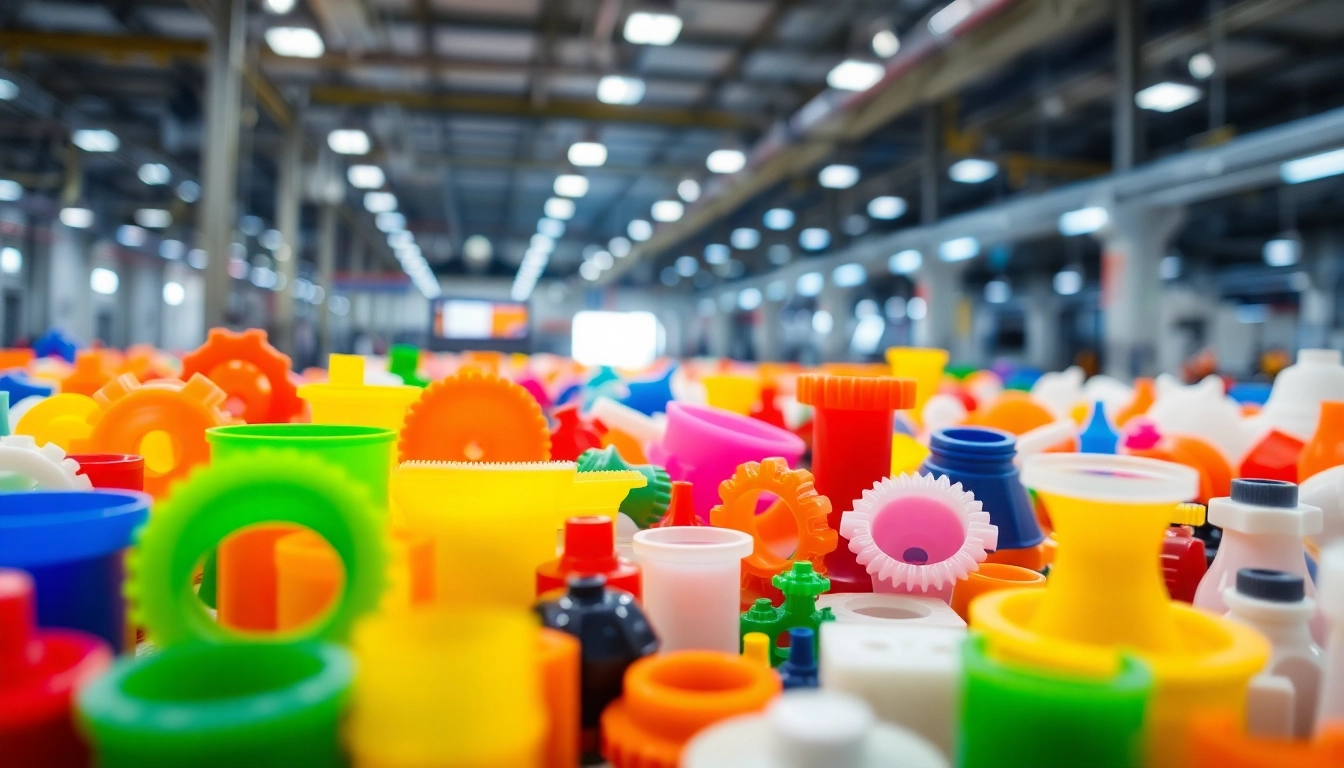

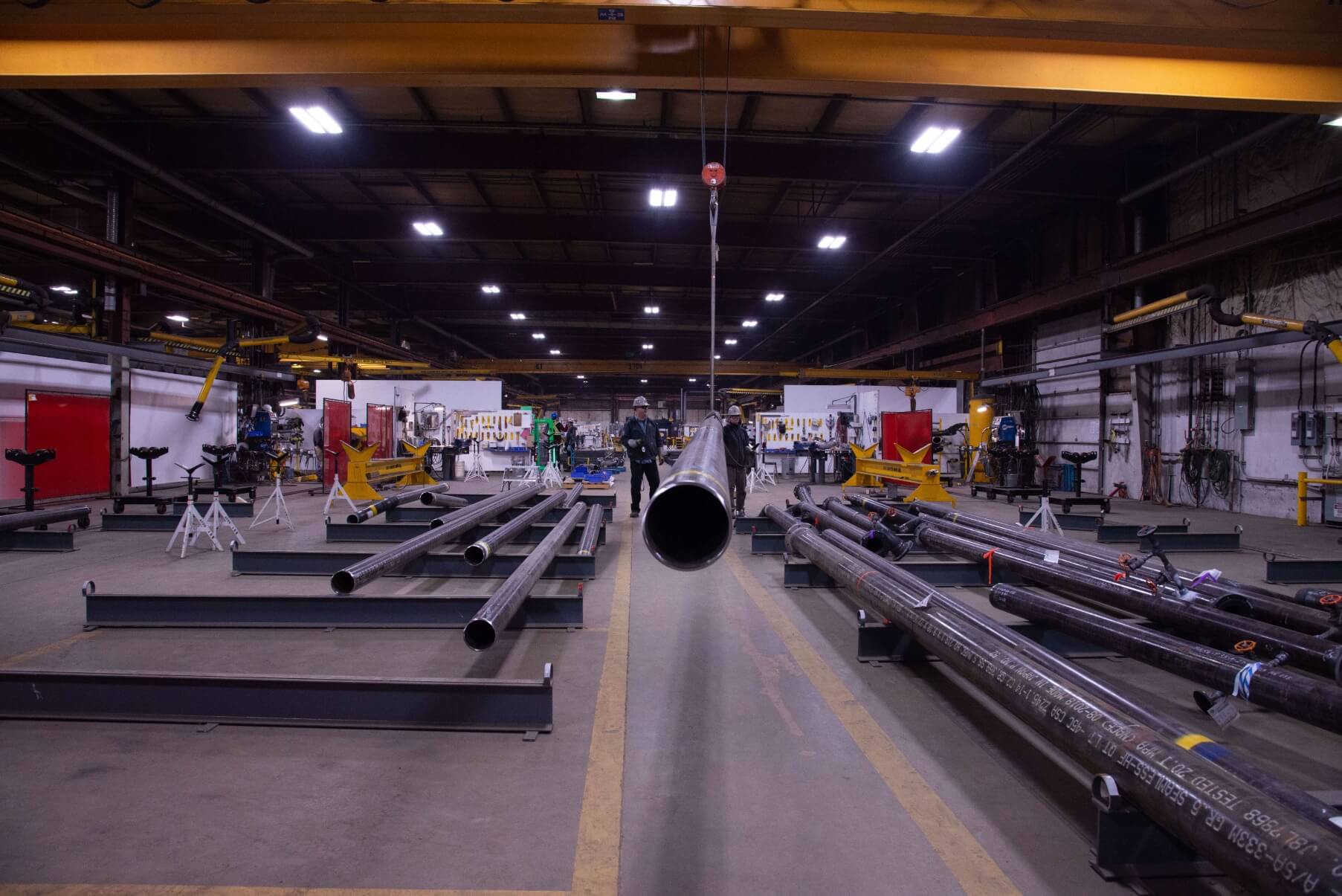

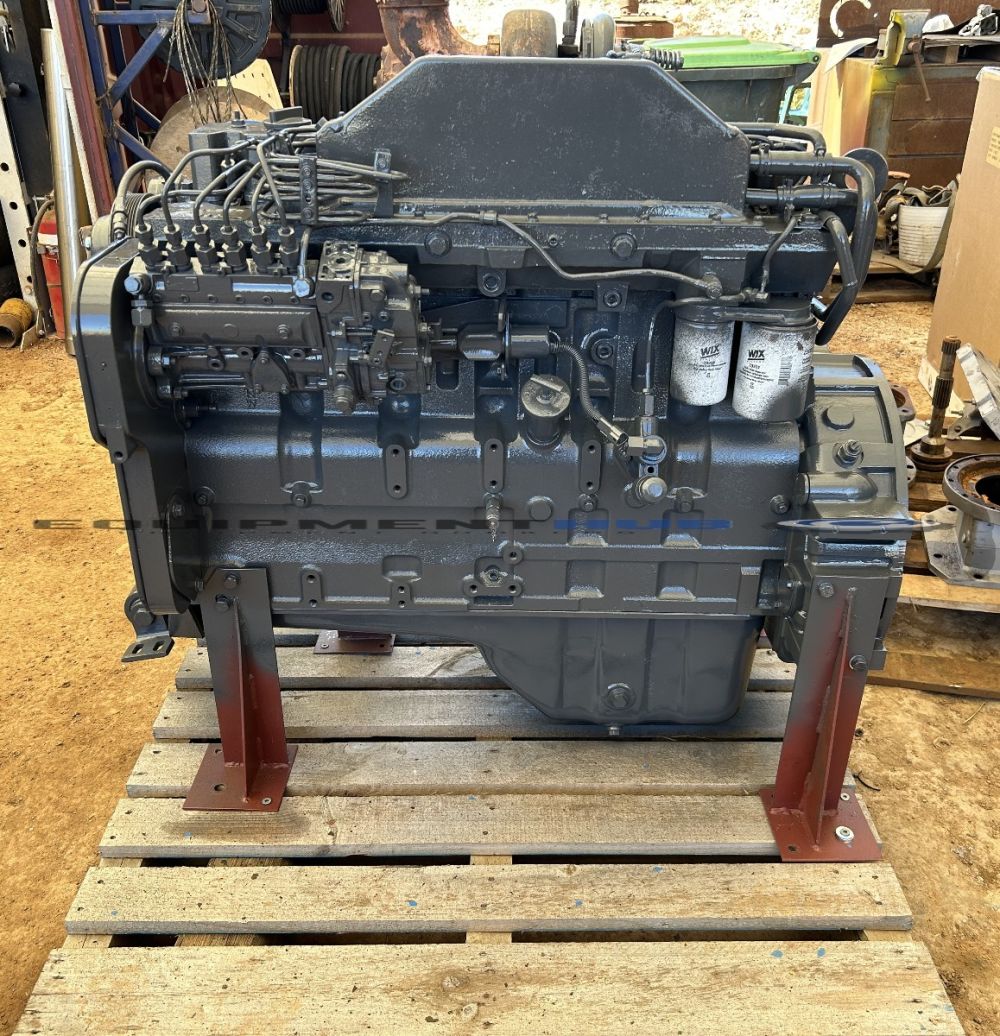




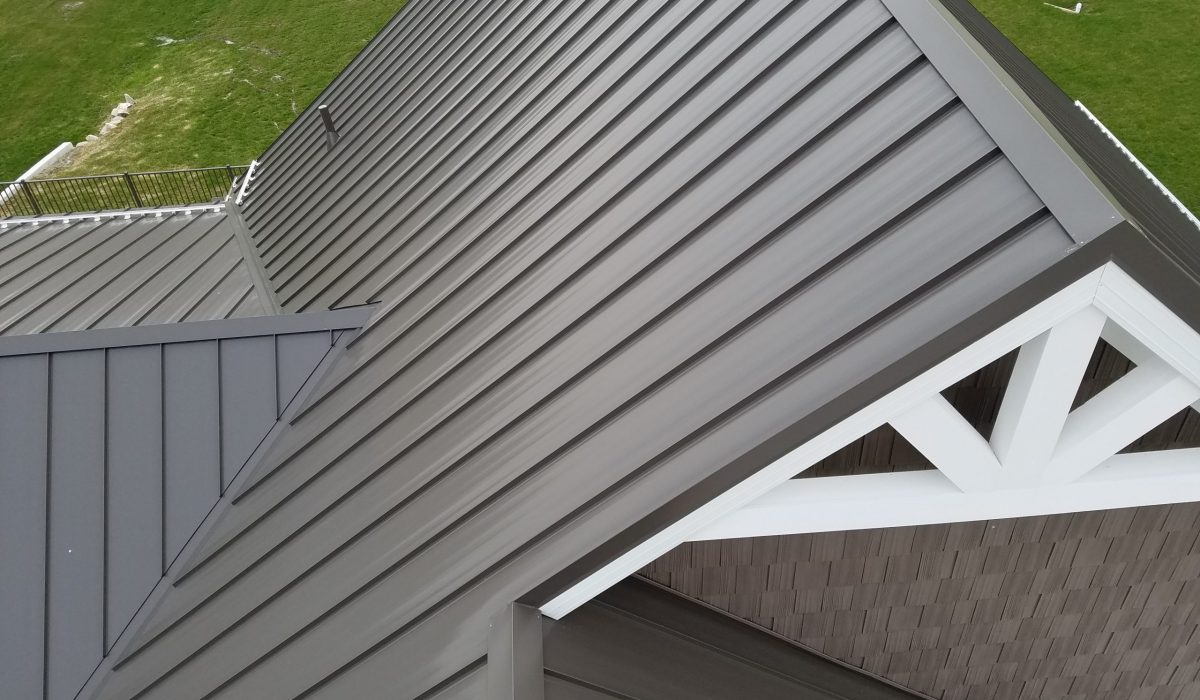
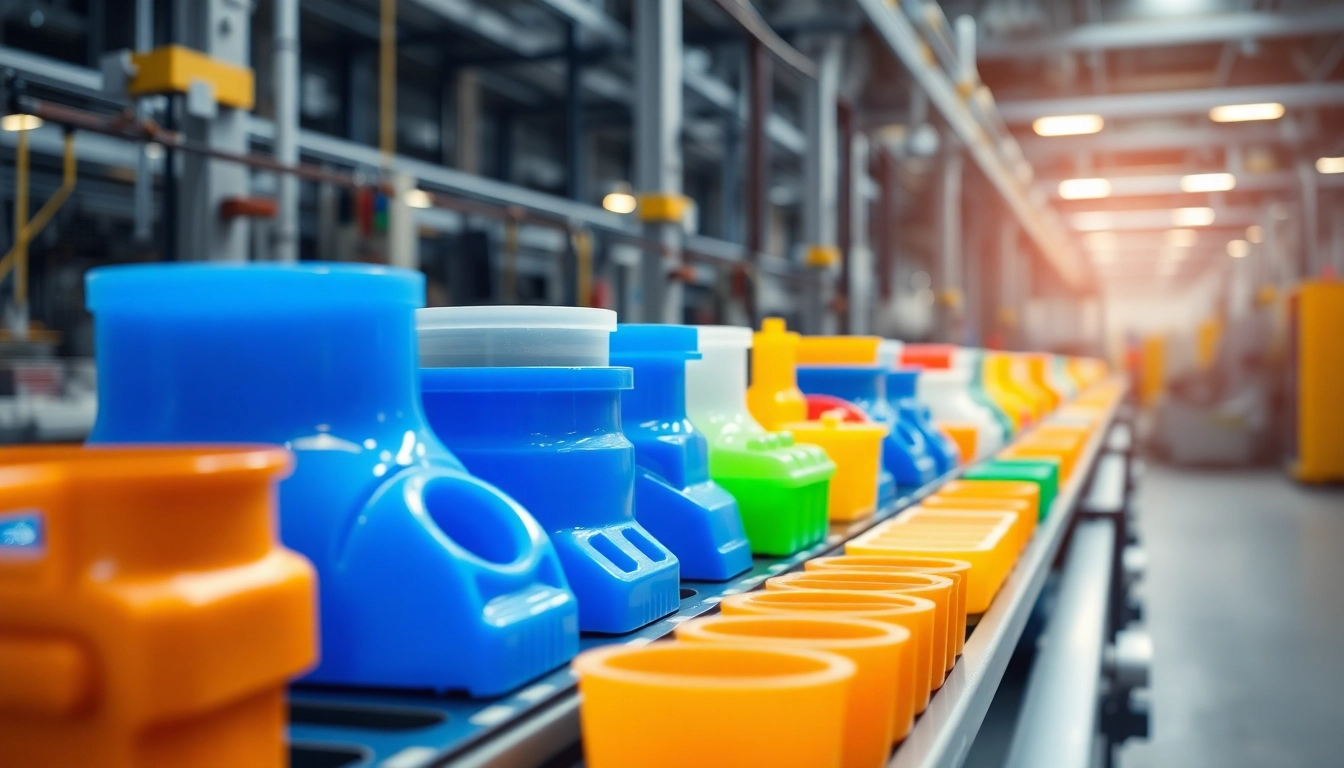

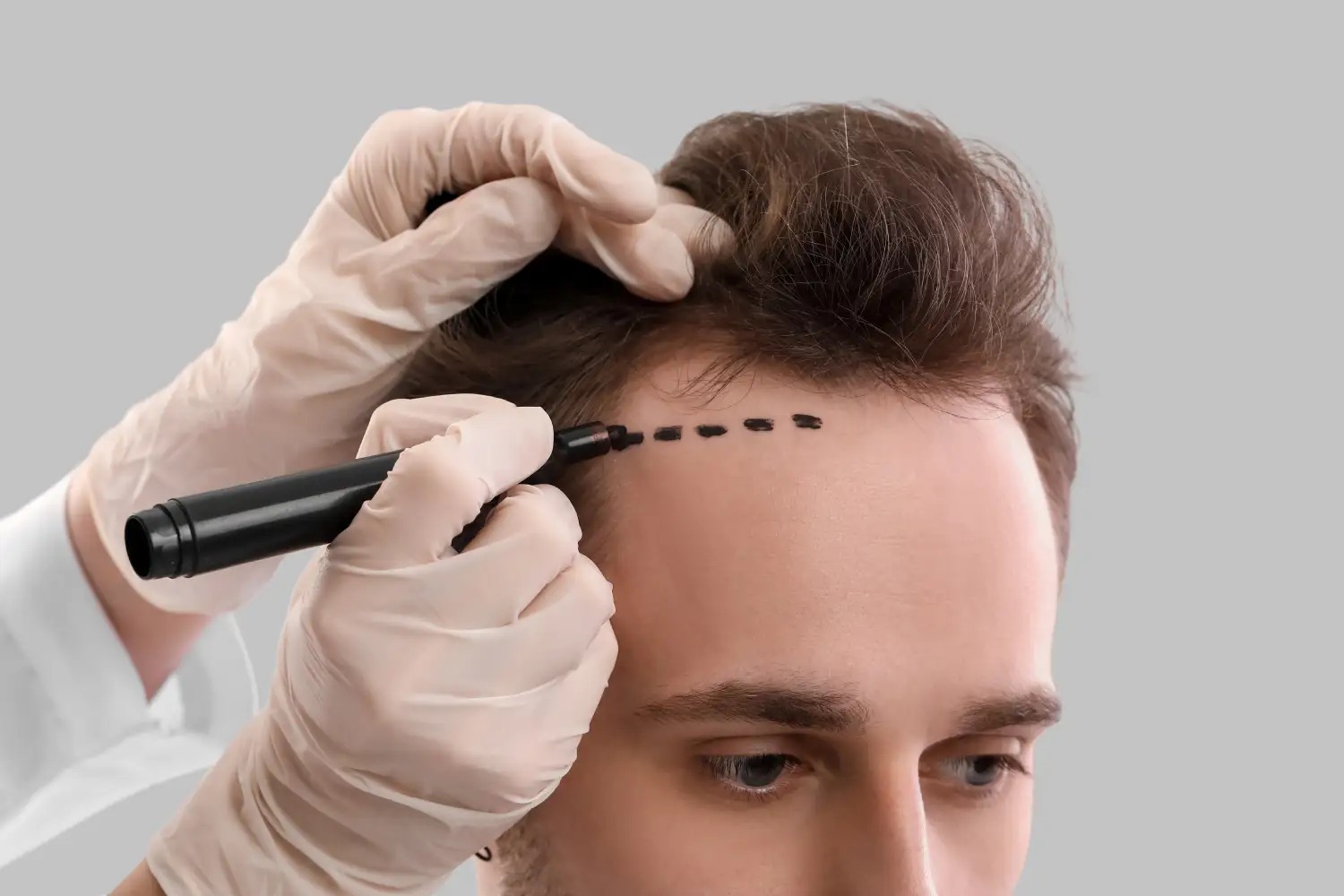
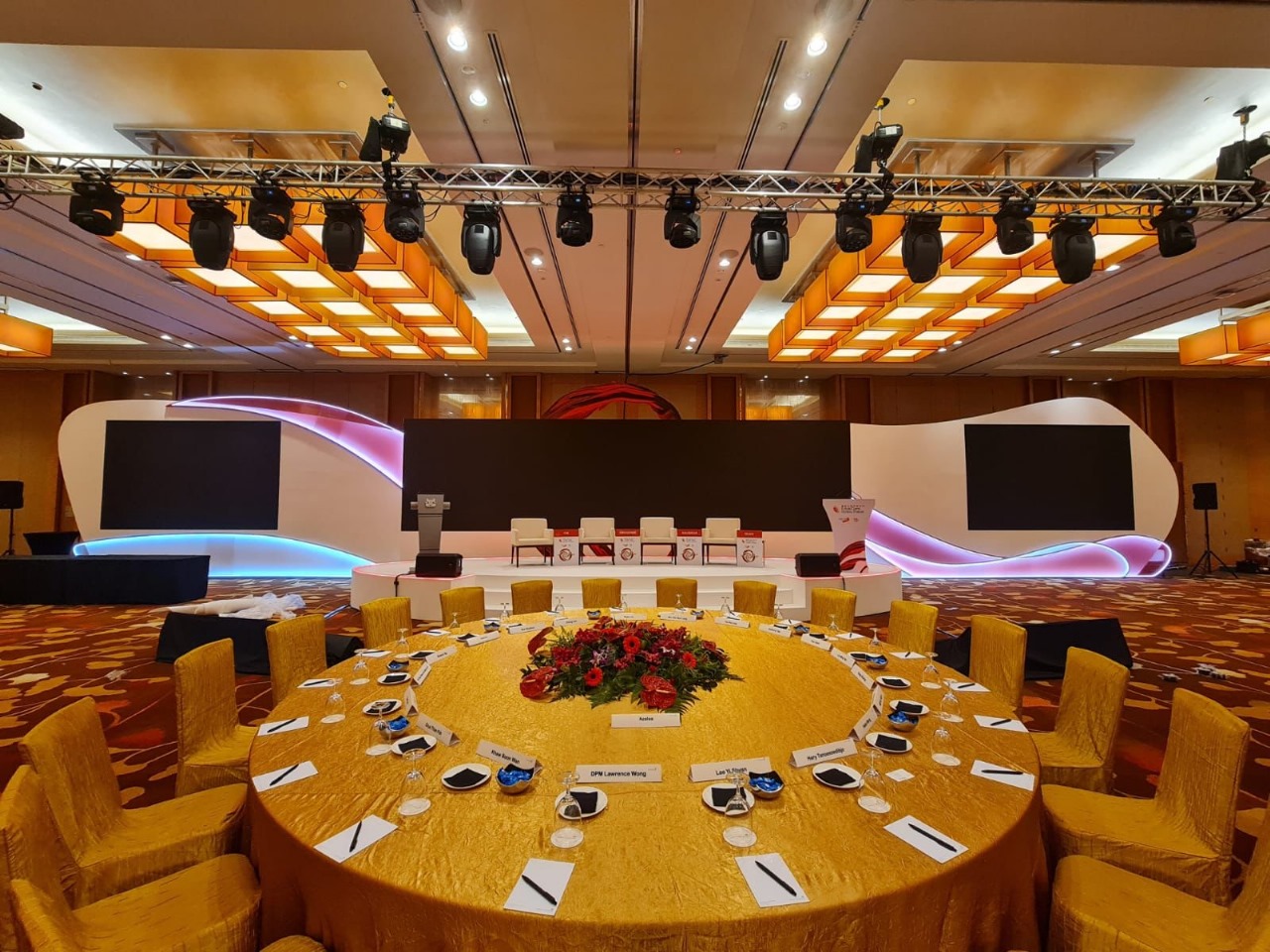
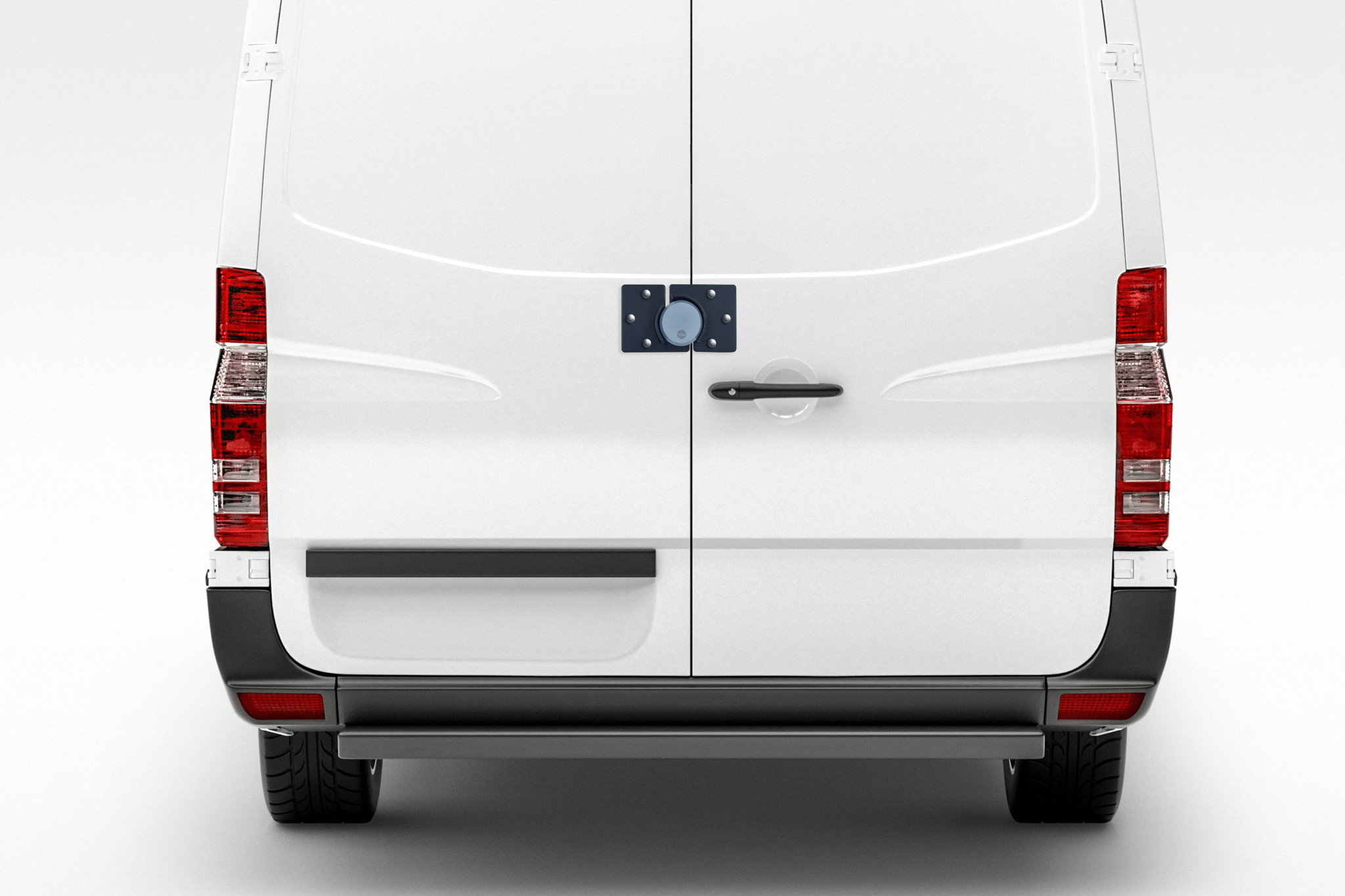
Leave a Reply